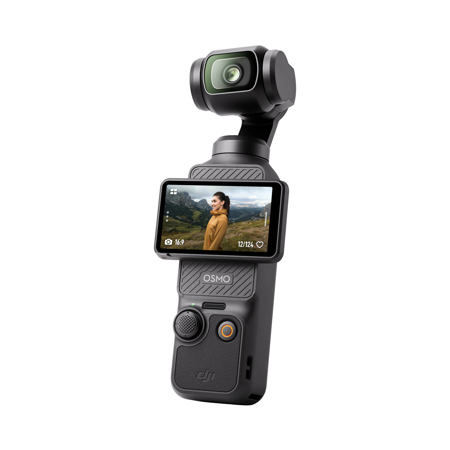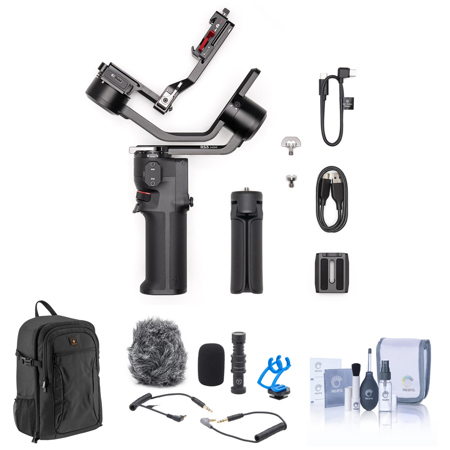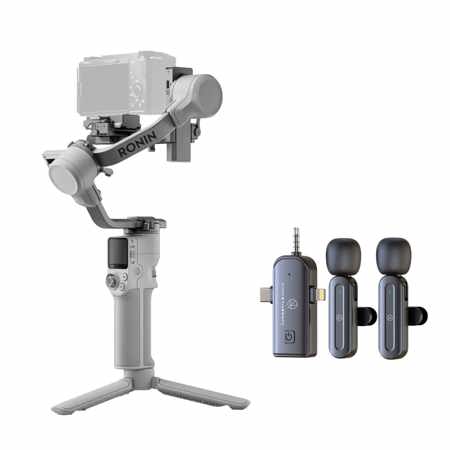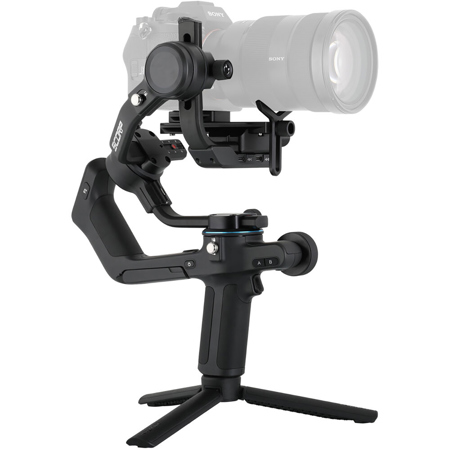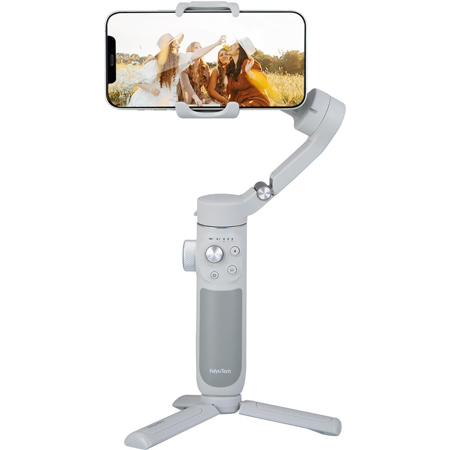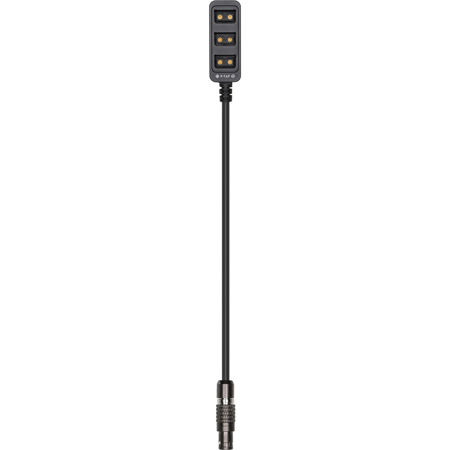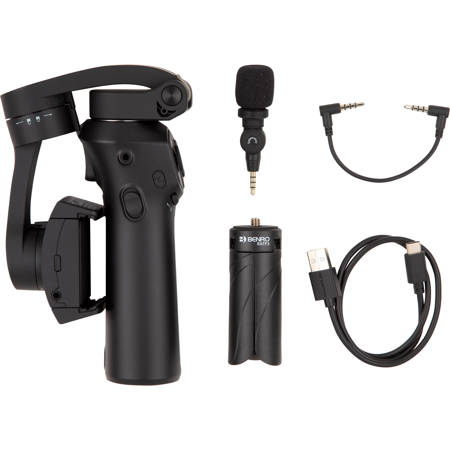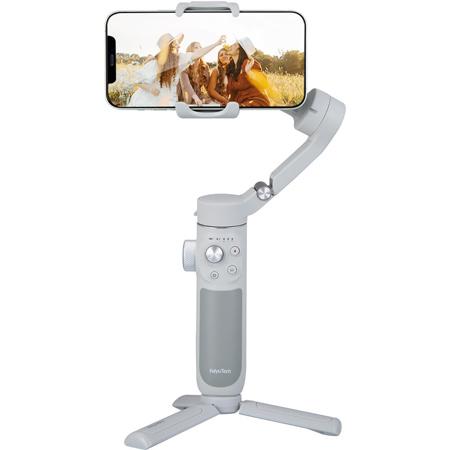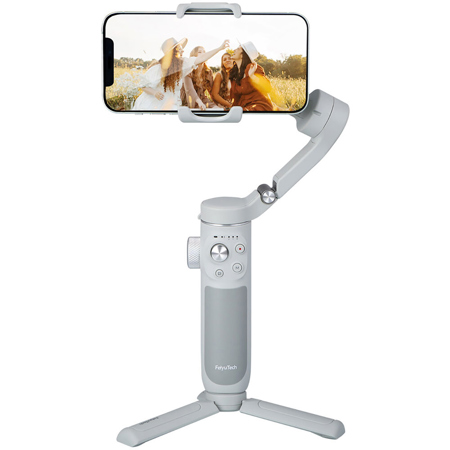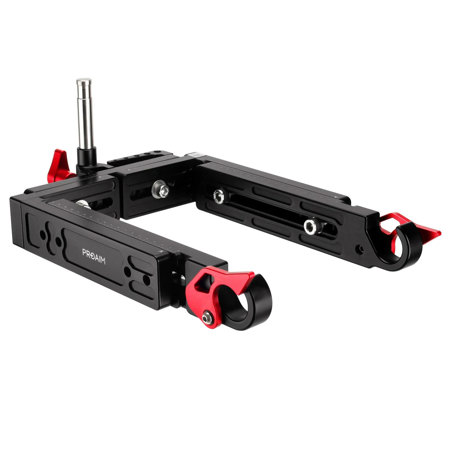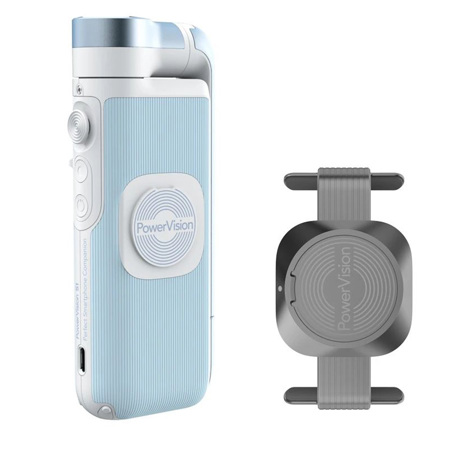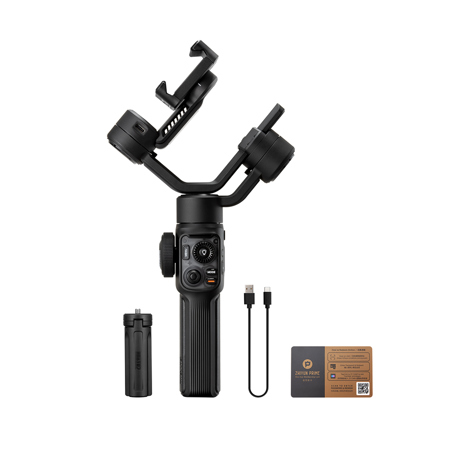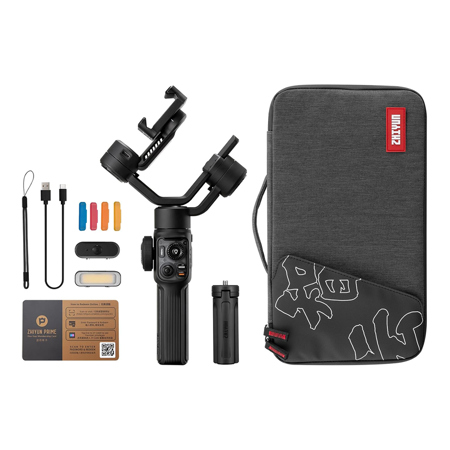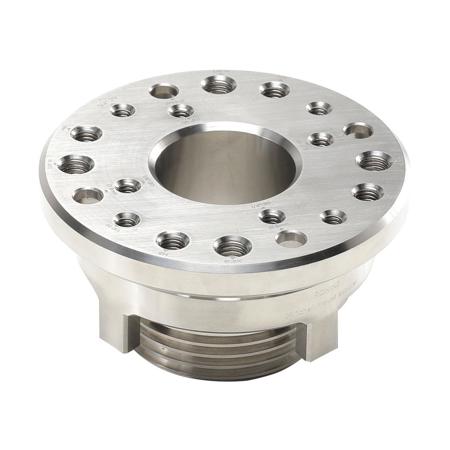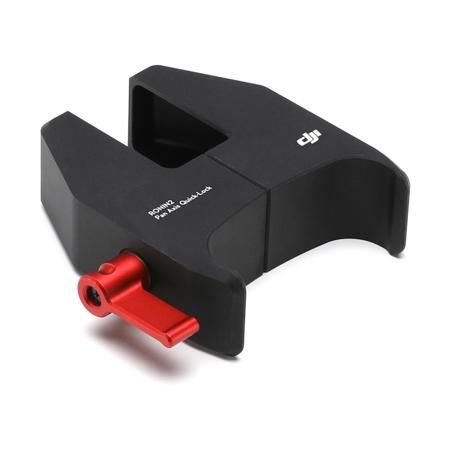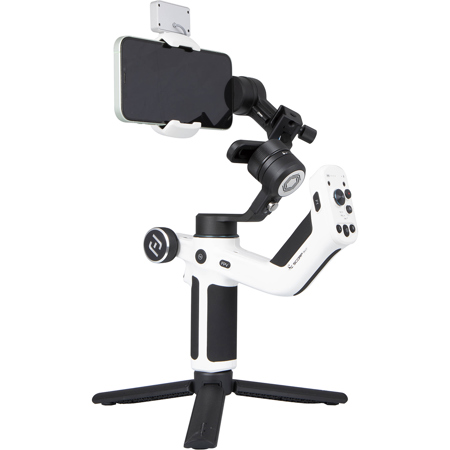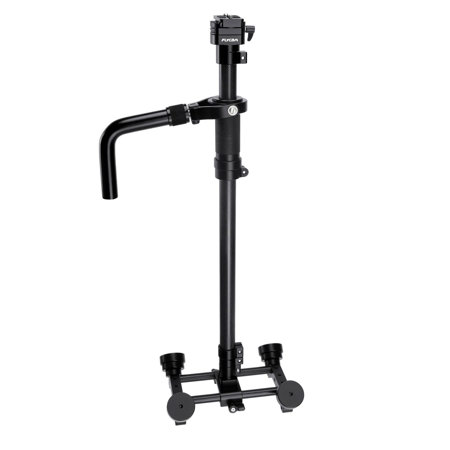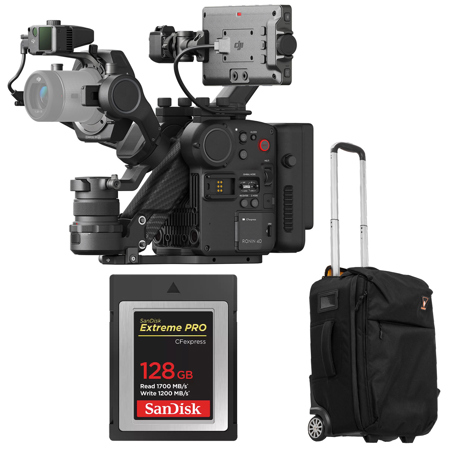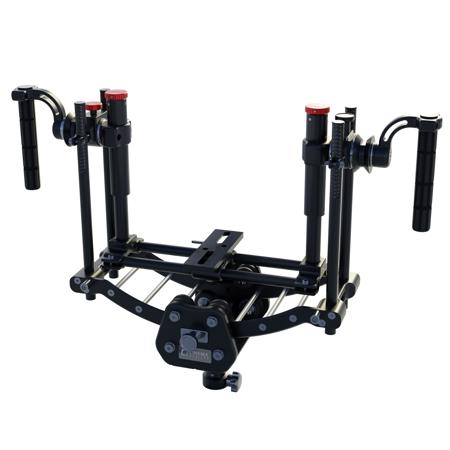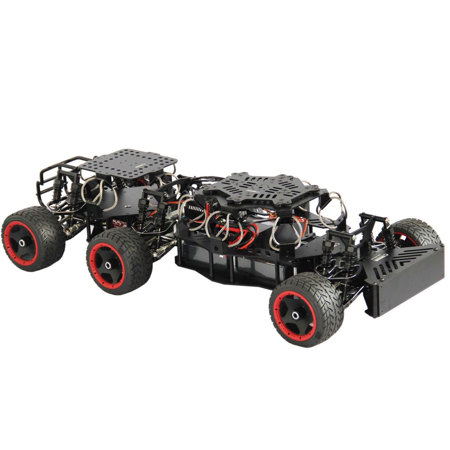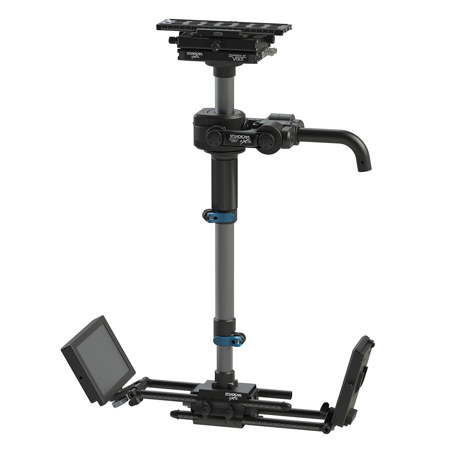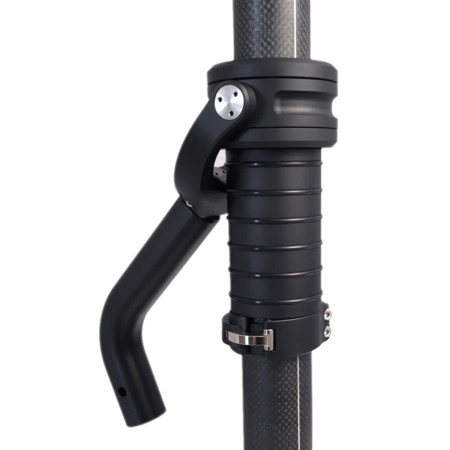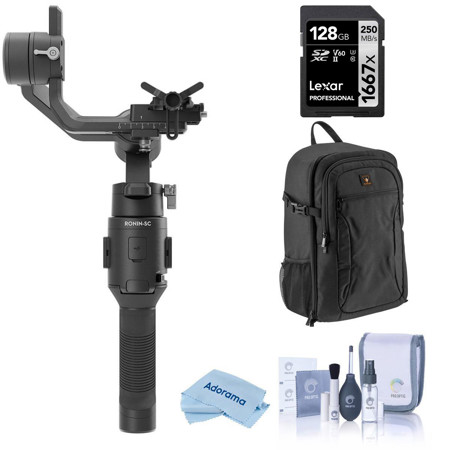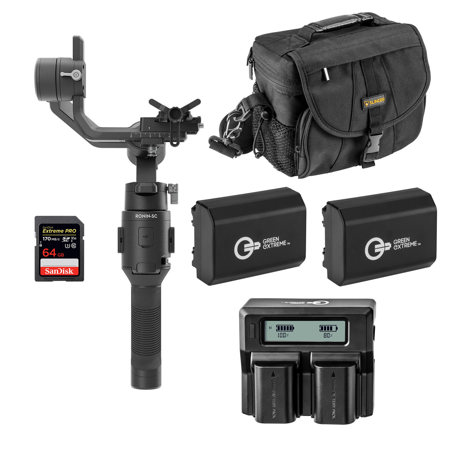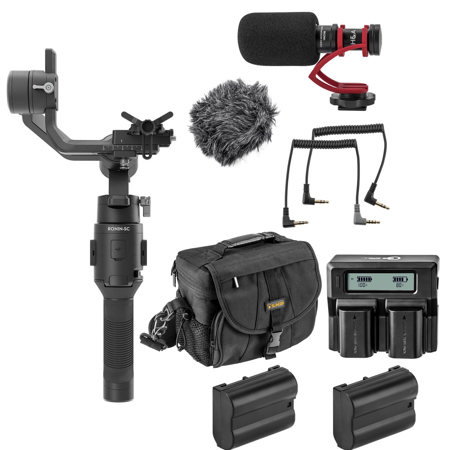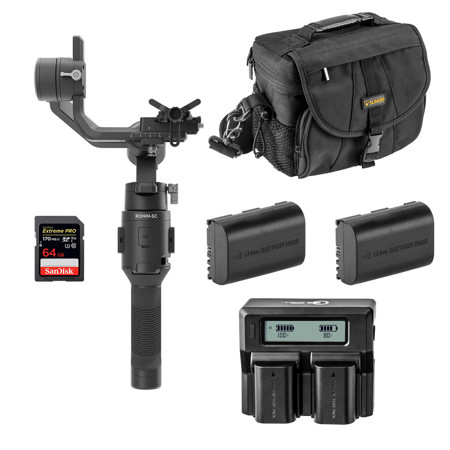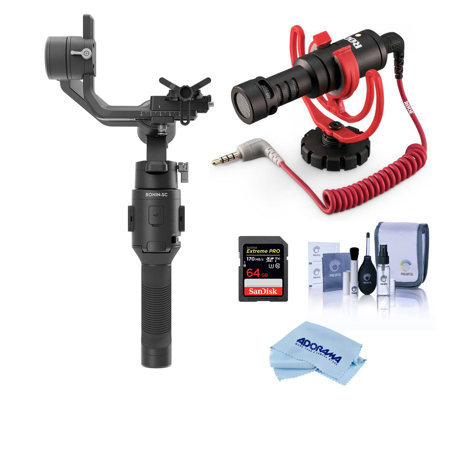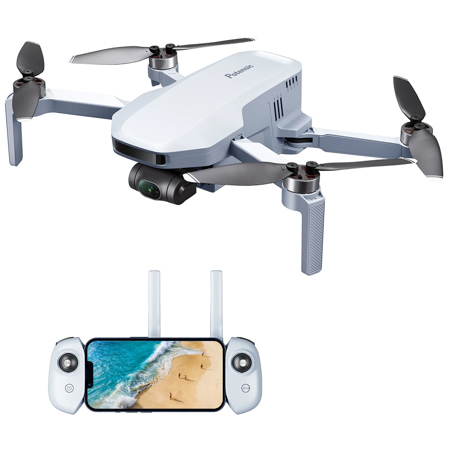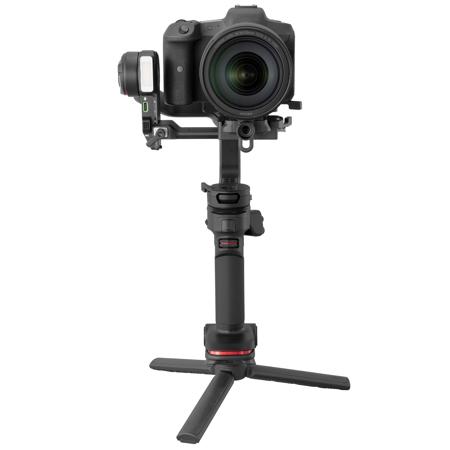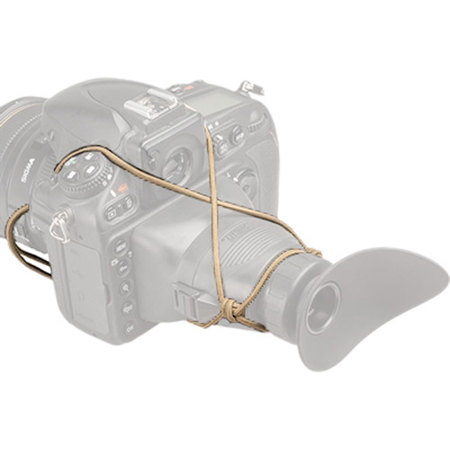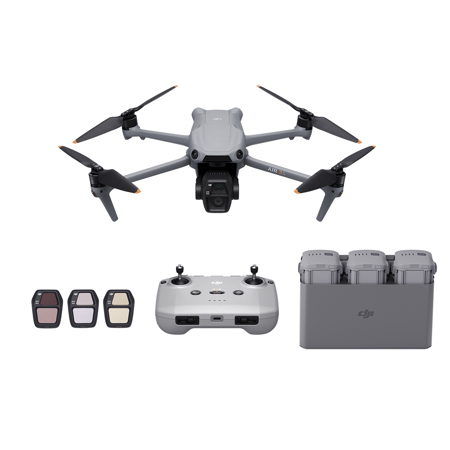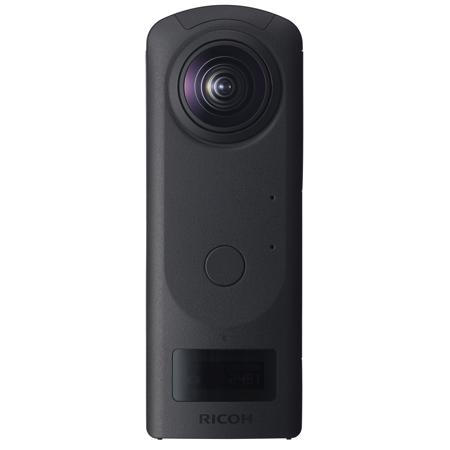3 Axis Gimbal Cameras
In the dynamic world of digital videography and photography, the advent of 3-axis gimbal cameras has revolutionized the way professionals and enthusiasts capture motion. These devices, known for their stabilizing capabilities, are essential for anyone aiming to produce smooth, high-quality video footage without the jitters and shakes typically associated with handheld recording. The technology behind these gimbals uses three axes of rotation to compensate for unwanted movement, allowing the camera to maintain a steady position despite the operator’s motions. This makes them ideal for a wide range of applications, from filmmaking and documentary production to vlogging and live event coverage.
For those considering the purchase of a 3-axis DSLR gimbal, several factors should be taken into account to ensure the selection of the right equipment for your needs. First, consider the compatibility with your camera system. Different gimbals are tailored to different weight ranges and sizes of cameras, so it’s crucial to choose one that can effectively support the specific model and weight of your DSLR or mirrorless camera. Additionally, battery life is a key consideration, as extended shooting sessions might require a gimbal that can operate for several hours without the need for recharging. The design and ergonomics of the gimbal also play a significant role, especially for users who engage in lengthy shooting periods. A comfortable grip and easy access to controls can greatly enhance the filming experience. For those who venture into aerial videography, integrating gimbals with drones offers an elevated perspective quite literally. The combination of a drone-mounted camera stabilized by a 3-axis gimbal ensures exceptionally smooth aerial shots, which are indispensable for breathtaking landscapes or dynamic action scenes. For more on aerial videography solutions, consider exploring options like Drones With 3 Axis Gimbal.
Choosing a 3-axis gimbal camera can also be influenced by the time of year. For instance, winter sports enthusiasts might look for robust models that can perform well in cold temperatures and resist moisture from snow or sleet, capturing thrilling downhill runs or serene snow-covered landscapes with cinematic quality. On the other hand, summer might inspire underwater or near-water filmmaking, where gimbals that offer waterproof or water-resistant features become invaluable. Beyond the technical specifications, think about who might use these gimbals. They make thoughtful gifts for aspiring filmmakers, travel bloggers, or anyone passionate about creating professional-level video content. Imagine a young adventurer receiving a 3-axis gimbal for their upcoming backpacking trip across Asia or a parent documenting their child's first steps; the possibilities for capturing life's moving moments with clarity and cinematic smoothness are virtually endless. Whether it’s documenting a local festival or creating a short film, the use of a 3-axis gimbal can transform ordinary footage into a compelling visual narrative that resonates with viewers.
For those considering the purchase of a 3-axis DSLR gimbal, several factors should be taken into account to ensure the selection of the right equipment for your needs. First, consider the compatibility with your camera system. Different gimbals are tailored to different weight ranges and sizes of cameras, so it’s crucial to choose one that can effectively support the specific model and weight of your DSLR or mirrorless camera. Additionally, battery life is a key consideration, as extended shooting sessions might require a gimbal that can operate for several hours without the need for recharging. The design and ergonomics of the gimbal also play a significant role, especially for users who engage in lengthy shooting periods. A comfortable grip and easy access to controls can greatly enhance the filming experience. For those who venture into aerial videography, integrating gimbals with drones offers an elevated perspective quite literally. The combination of a drone-mounted camera stabilized by a 3-axis gimbal ensures exceptionally smooth aerial shots, which are indispensable for breathtaking landscapes or dynamic action scenes. For more on aerial videography solutions, consider exploring options like Drones With 3 Axis Gimbal.
Choosing a 3-axis gimbal camera can also be influenced by the time of year. For instance, winter sports enthusiasts might look for robust models that can perform well in cold temperatures and resist moisture from snow or sleet, capturing thrilling downhill runs or serene snow-covered landscapes with cinematic quality. On the other hand, summer might inspire underwater or near-water filmmaking, where gimbals that offer waterproof or water-resistant features become invaluable. Beyond the technical specifications, think about who might use these gimbals. They make thoughtful gifts for aspiring filmmakers, travel bloggers, or anyone passionate about creating professional-level video content. Imagine a young adventurer receiving a 3-axis gimbal for their upcoming backpacking trip across Asia or a parent documenting their child's first steps; the possibilities for capturing life's moving moments with clarity and cinematic smoothness are virtually endless. Whether it’s documenting a local festival or creating a short film, the use of a 3-axis gimbal can transform ordinary footage into a compelling visual narrative that resonates with viewers.
